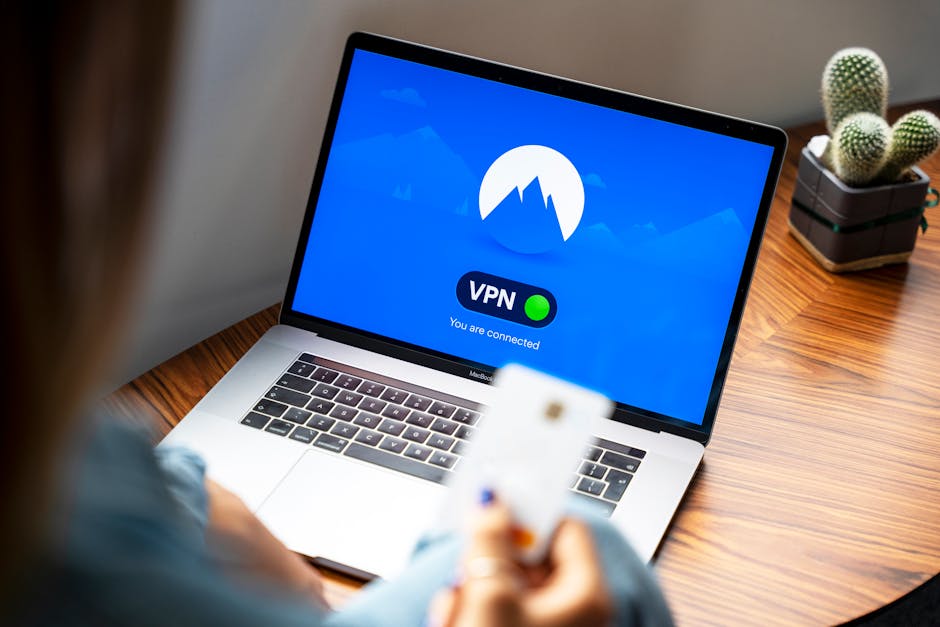Introduction
Vlogging hasn’t just survived the chaos of the digital age — it’s adapted and thrived. While many content formats have come and gone, vlogging has held steady by morphing with audience habits and tech changes. In an era of distractions, vloggers managed to stay close to their viewers, turning even simple check-ins or daily routines into highly engaging content.
But 2024 marks a new phase. Algorithms are shifting again. AI is creeping into every corner of the creative process. Short-form videos are still strong, but people want more than empty flash. The platforms favor the consistent and the niche. For creators, this means adjusting on the fly, showing up smarter, and leaning into what makes their voice unique. The tools are better, but the game is harder. Starting now, it’s not just about being seen — it’s about being remembered.
Microsoft’s acquisition of Activision Blizzard wasn’t just about scooping up big-name game titles. It was a strategic play to hardwire its ecosystem deeper into the industry’s future. First, Game Pass. Growing that Netflix-for-games model means feeding it with premium content. Activision’s library, especially Call of Duty, injects megaton titles into the subscription, making Game Pass harder to ignore for players on the fence.
Then there’s the cloud angle. Microsoft is betting on a future where players stream blockbusters without expensive hardware. Owning top-tier franchises ensures it’s not just offering infrastructure, but must-play content, too. This puts real pressure on rivals trying to establish their own cloud gaming platforms.
The move also signals a long play against Sony and Nintendo. With console lines blurring and exclusives driving decisions, stacking the content deck lets Microsoft shape player choice well beyond traditional hardware battles.
In the deal, Microsoft gains not only household titles like Call of Duty, Diablo and Overwatch, but also the teams behind them—Blizzard Entertainment, Infinity Ward, Trearch, and more. That’s decades of dev firepower rolled into one massive toolkit.
Integration won’t happen overnight. Microsoft says it wants to give new studios creative independence, while still aligning core IPs with its wider strategy. There’s talk of blending tech and talent across platforms, bringing fan experiences together under a larger, flexible umbrella.
This isn’t just a content grab. It’s Microsoft betting that owning the pipelines, the platforms, and the hits is the key to staying ahead.
Game Pass Might Be the New Standard
Microsoft’s Game Pass has quietly gone from a nice option to what’s now looking like the default for gamers. If you’re a vlogger in the gaming space, it’s time to pay attention. The subscription model is changing how people discover and play games. Instead of paying sixty bucks up front, players are diving into a rotating catalog and giving more titles a shot. For creators, that means more variety in what your audience might actually be playing—and watching.
The other big shift? Exclusivity. We’re seeing more flagship franchises land directly on Xbox and PC, bypassing other platforms entirely. With Bethesda’s new titles rumored to be locked in and more studios under the Xbox umbrella, expect tighter platform ecosystems ahead.
Pricing and access are changing too. Markets outside the US are getting different tiers, cloud-only options are ramping up, and regional pricing experiments are popping up. It’s not just about the console anymore—it’s about being inside the Microsoft gaming network, wherever you log in.
All this has ripple effects. Cross-platform play becomes more important than ever, but so does the compatibility with mods, especially for PC players. Creators who’ve relied on modded content or community servers need to keep tabs on what these new delivery models allow—or restrict.
Game Pass isn’t just a service—it’s a signal. It’s shifting how games are made, shared, and played. And for those telling stories about games online, that shift is impossible to ignore.
The Industry Shuffle: Competitors, Acquisitions, and the Streaming Push
Sony, Nintendo, and Epic aren’t standing still. Each is tweaking its playbook to stay relevant as gaming habits shift. Sony continues doubling down on prestige titles and expanding cross-platform efforts. Nintendo sticks to its ecosystem, but whispers of new hardware and cloud-based experiments are getting louder. Epic is leaning into creator tools and its metaverse ambitions, aiming to build more than just a store or engine.
One big move to watch is the rising number of studio acquisitions. Microsoft opened the floodgates, and now everyone’s eyeing IP ownership. Exclusive content still holds sway, especially with subscriptions on the rise. Think less physical discs, more all-you-can-play menus.
Subscription models like Xbox Game Pass and PlayStation Plus are reshaping how players discover new content. The competition is no longer about one big title a year. It’s about feeding a rolling library that keeps people logged in month after month.
Cloud gaming also stepped out of the gimmick zone. Services are stabilizing. Connectivity is catching up. For vloggers covering gaming, it means there’s more to break down than just gameplay. There’s a new layer of strategy behind what gets bought, streamed, or launched. It’s not just about who makes the games—it’s about who owns the future of play.
Monopoly Concerns Are Getting Louder
The digital video world is starting to feel increasingly top-heavy. A few platforms and media conglomerates hold most of the power, and small creators are starting to ask hard questions. Where’s the line between platform support and platform control? When algorithm changes and monetization terms can swing with zero warning, independence starts to look fragile.
It doesn’t stop there. As big media companies buy up creator-driven studios, shifts in culture follow. What used to be community-led outfits are turning into content factories. Layoffs, restructures, and new layers of bureaucracy often come with the territory. Creators who once had full freedom over their message now face pressure to play it safe. Vlogging isn’t dead, but the vibe is definitely different.
For creators, the takeaway is clear. Owning your audience, protecting your voice, and diversifying across platforms aren’t just strategies anymore—they’re survival tools.
Change is coming fast to Microsoft’s gaming ecosystem, and early signals suggest it’s more than just a UX refresh or backend tweak. The update cycle is starting to reflect a push toward unifying Xbox, PC, and cloud under one seamless content pipeline. Load times are lighter, storefront navigation is cleaner, and cross-platform account syncing is finally acting like it was always meant to be there.
Still, with evolution comes risk. Indie developers—who’ve long relied on looser integration policies—are eyeing the tech shifts with caution. Some tools and APIs are changing in ways that favor larger studios with scalable pipelines. Microsoft’s promises around continued indie support sound good, but until the dust settles, smaller creators will have to adapt fast or fall behind.
As for the timeline, rollouts are happening in layers. Some UI tweaks are already live as of Q1 2024. More systemic changes to development kits and the content submission process are expected mid-year. By the end of 2024, most major publisher tools will be fully integrated into the new system.
Curious what this could mean for the summer release cycle? Dive deeper with our article on Upcoming Game Events and What to Expect in Summer 2024.
Power Consolidation vs. Creative Opportunity
The gaming world in 2024 is seeing fewer players control more of the board. Microsoft’s acquisition of Activision wasn’t an isolated event—it was a signal. Power is consolidating, and it’s affecting everything from distribution to monetization. Big platforms are locking down ecosystems, which can streamline access but also tighten creative control. Small developers, indie creators, and even medium-sized studios are feeling the squeeze.
But here’s the thing—this moment isn’t just about corporate moves. It’s about what comes next. Consolidation brings stability and bigger budgets, but also more red tape and creative risks managed out of existence. The flip side? The vacuum left by giants gives independent voices room to get loud, weird, and original. New platforms and publishing models are emerging to support them.
Who wins? Players get polished experiences, but with less variety. Creators who align with corporate expectations might thrive, but the ones pushing boundaries will need to get creative with distribution and funding.
This isn’t a one-sided story. It’s a fluid situation. The best way to stay ahead is to follow how these corporate shifts shake up access, ownership, and opportunities in the broader game ecosystem. Watch not just what gets made—but who gets to make it.





